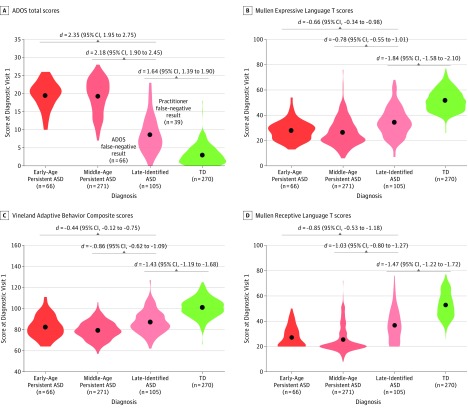Figure 4. Comparison of Clinical Features in Toddlers With Autism Spectrum Disorder (ASD) Stratified by Identification Age.
Violin plots show differences in Autism Diagnostic Observation Schedule (ADOS) total scores (A), Mullen Expressive Language T scores (B), Vineland Adaptive Behavior Composite scores (C), and Mullen Receptive Language T scores (D) at the first diagnostic evaluation between toddlers with ASD identified at 12 to 18 months of age (early-age persistent ASD diagnosis), toddlers with ASD identified after 18 months (middle-age persistent ASD diagnosis), or toddlers not identified as having ASD at their first diagnostic visit (late-identified ASD). Black dots represent the mean. The width of the shape represents patient density, and the length illustrates the range of the scores. Data from 270 toddlers with typical development (TD) identified at their first diagnosis visit and retaining that diagnosis at their last visit are shown for comparison. Note that scores from the late-identified group were significantly different from toddlers with TD across all clinical domains, suggesting that symptoms were already present at the first diagnostic visit in a large fraction of late-identified ASD cases. Also note that 39 toddlers in the late-identified group (37%) did fall within the range of concern on the Autism Diagnostic Observation Schedule toddler module (cutoff score for concern using the few to no words algorithm = 10), however, were designated as non-ASD based on practitioner judgment, underscoring the challenges in differential diagnoses particularly at the youngest ages. Effect sizes are reported as Cohen d (95% CI). eFigure 3 in the Supplement gives an expanded figure that includes all diagnostic groups.

